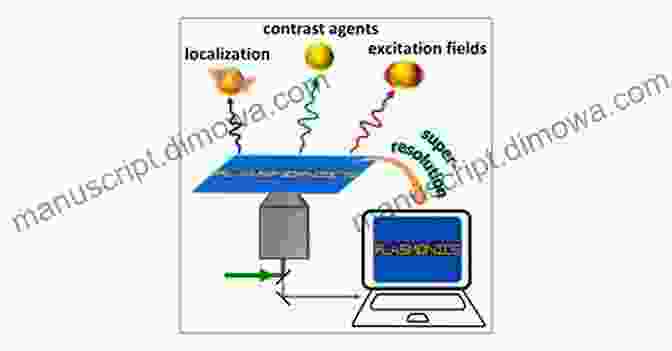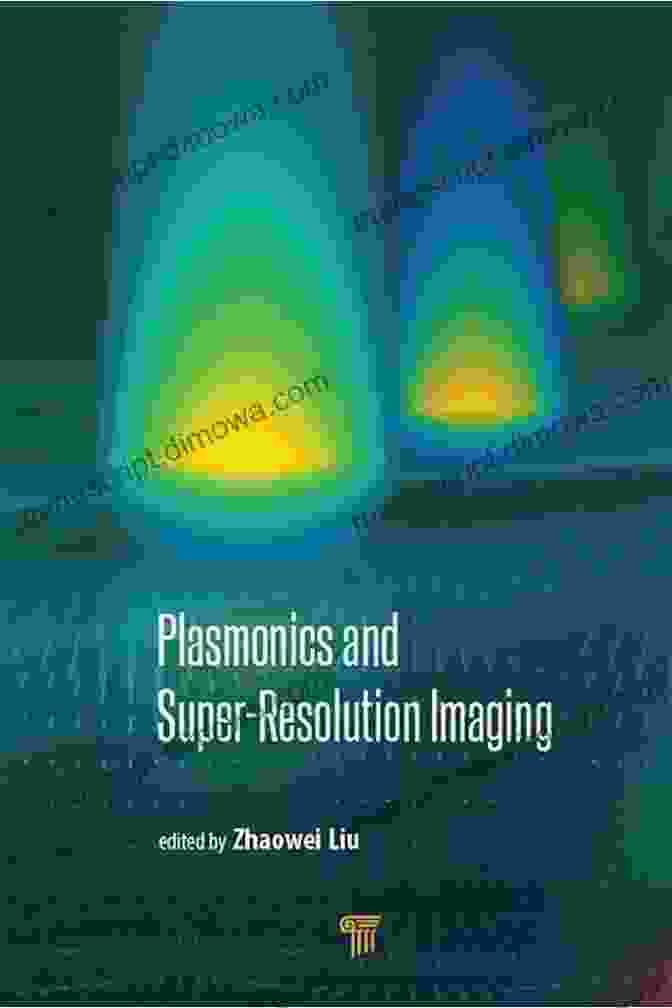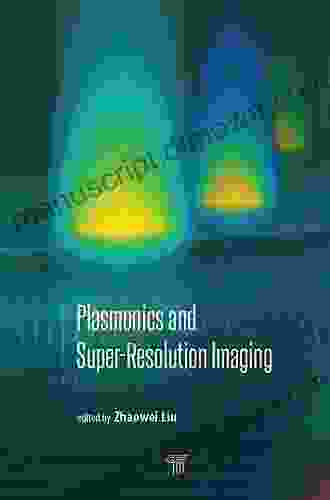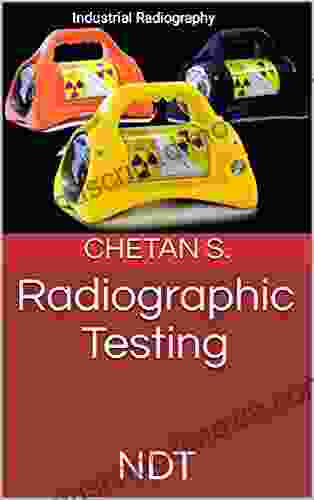The field of microscopy has undergone a remarkable transformation with the advent of plasmonics, a cutting-edge technology that harnesses the unique optical properties of metal nanoparticles. 'Plasmonics and Super-Resolution Imaging', a comprehensive and authoritative work by renowned researcher Chongyang Liu, explores the groundbreaking advancements made possible by this transformative technology.
4.5 out of 5
| Language | : | English |
| File size | : | 51271 KB |
| Print length | : | 496 pages |
| Screen Reader | : | Supported |
This book provides a comprehensive overview of the fundamental principles of plasmonics, its applications in super-resolution imaging, and its potential to revolutionize fields ranging from medicine to materials science.
Plasmonics: The Basics
Plasmonics, a burgeoning field at the intersection of optics and nanoscience, involves the manipulation of surface plasmons, electromagnetic waves that resonate on the surface of metal nanoparticles. These plasmons exhibit extraordinary optical properties, including the ability to confine light to subwavelength dimensions and enhance local electromagnetic fields.

By harnessing the power of plasmonics, researchers have developed innovative optical tools that break the diffraction limit, a fundamental barrier in conventional microscopy that limits the resolution of images to approximately half the wavelength of light.
Super-Resolution Imaging Techniques
'Plasmonics and Super-Resolution Imaging' delves into the various super-resolution imaging techniques that utilize plasmonic effects.
- Near-field scanning optical microscopy (NSOM): Also known as scanning near-field optical microscopy (SNOM),NSOM employs a sharp metal tip to generate a localized optical field that can scan the surface of a sample with nanometer-scale resolution.
- Plasmonic apertureless near-field optical microscopy (APANOM): A more advanced technique, APANOM eliminates the need for a metal tip, instead relying on the localized electromagnetic fields generated by plasmonic nanoparticles to achieve super-resolution imaging.

These techniques have enabled researchers to image biological structures, such as single molecules and proteins, with unprecedented clarity, opening up new avenues for biomedical research.
Applications across Diverse Disciplines
The transformative power of plasmonics and super-resolution imaging extends beyond fundamental research, impacting a wide range of disciplines:
- Biomedical imaging: Super-resolution microscopy techniques have revolutionized the field of biomedical imaging, enabling detailed visualization of subcellular structures and interactions, advancing our understanding of disease mechanisms and drug discovery.
- Materials science: Plasmonics offers powerful tools for characterizing the structure and properties of materials at the nanoscale, providing insights into their electronic and optical properties, and facilitating the development of novel materials for various applications.
- Nanotechnology: Super-resolution imaging plays a crucial role in the development and characterization of nanomaterials, enabling precise manipulation and assembly of nanoparticles for advanced applications in electronics, optics, and biomedicine.

'Plasmonics and Super-Resolution Imaging' by Chongyang Liu is an indispensable resource for researchers, students, and professionals seeking to delve into the transformative world of plasmonics and its revolutionary impact on microscopy. This comprehensive work provides a deep understanding of the fundamental principles, cutting-edge techniques, and wide-ranging applications of this groundbreaking technology, empowering readers to harness its potential for groundbreaking discoveries in diverse fields.
























































































